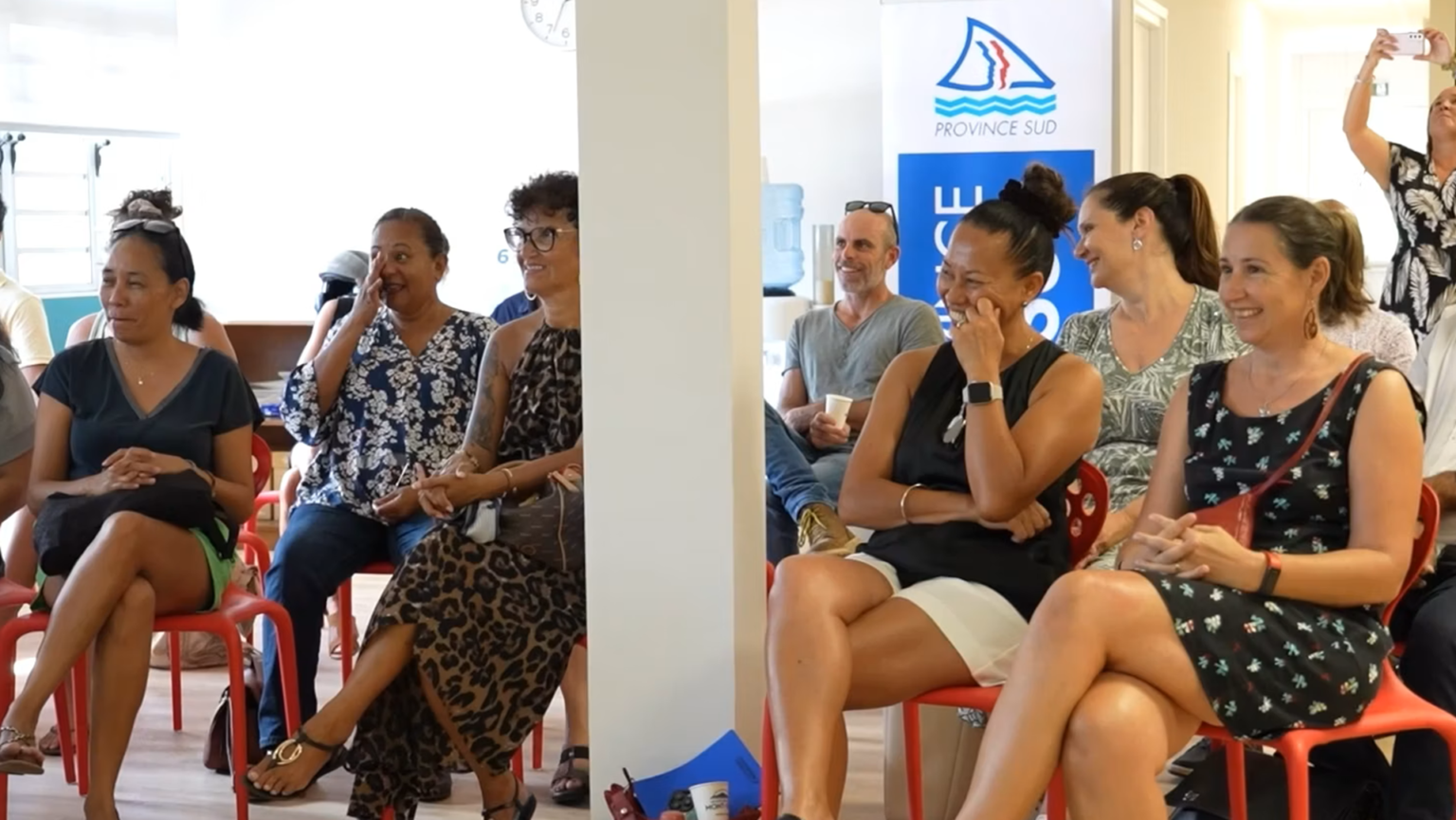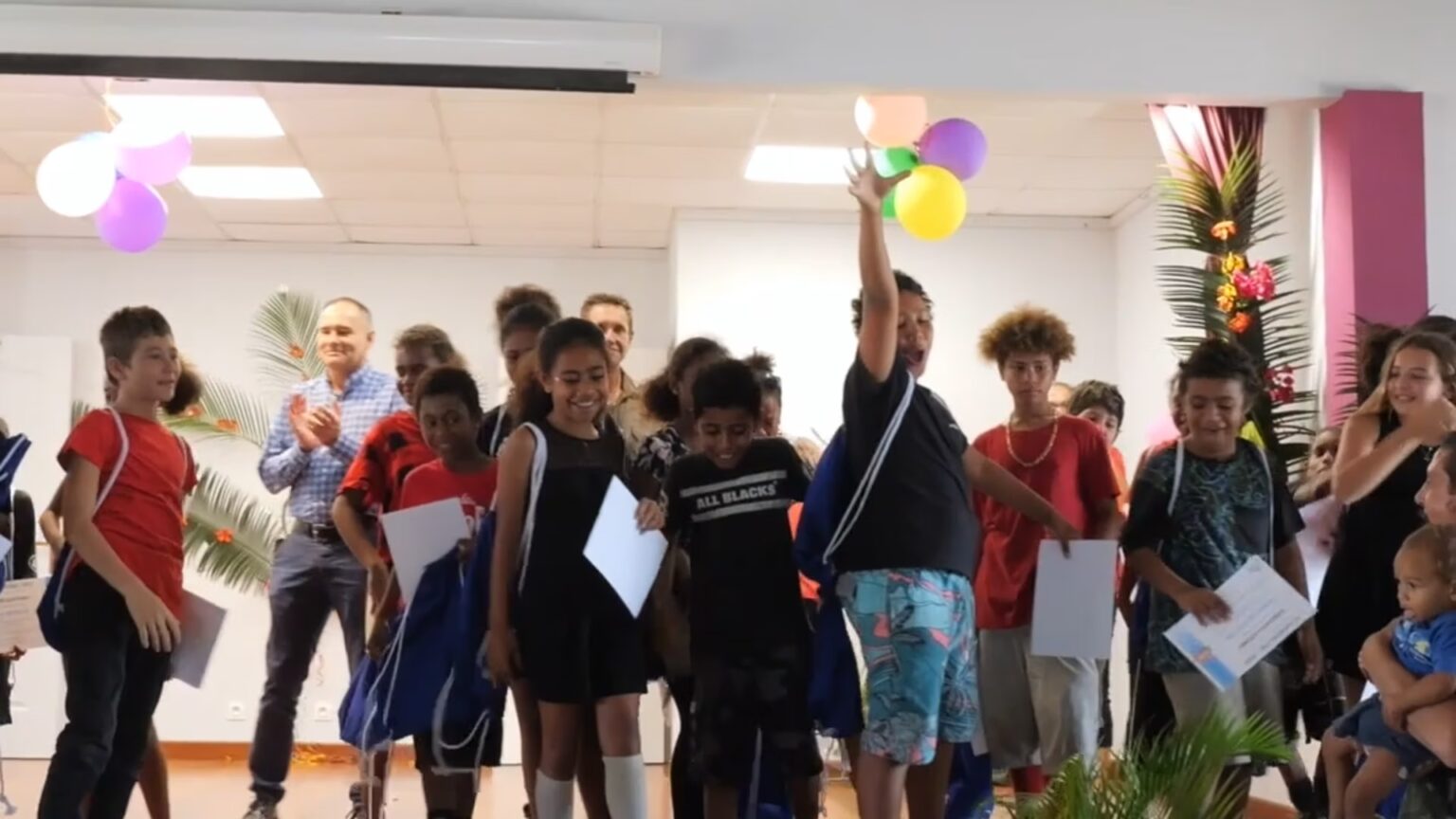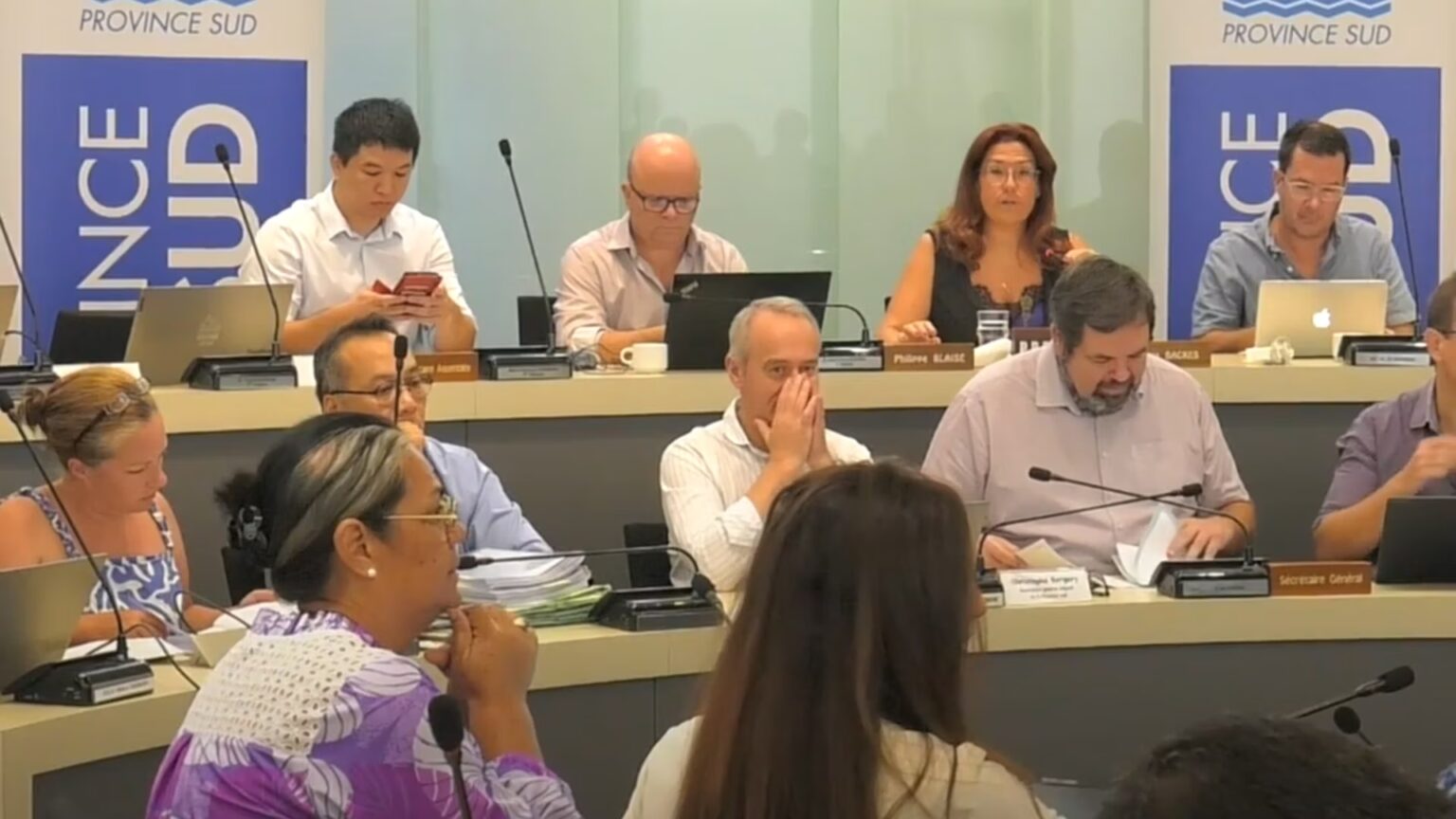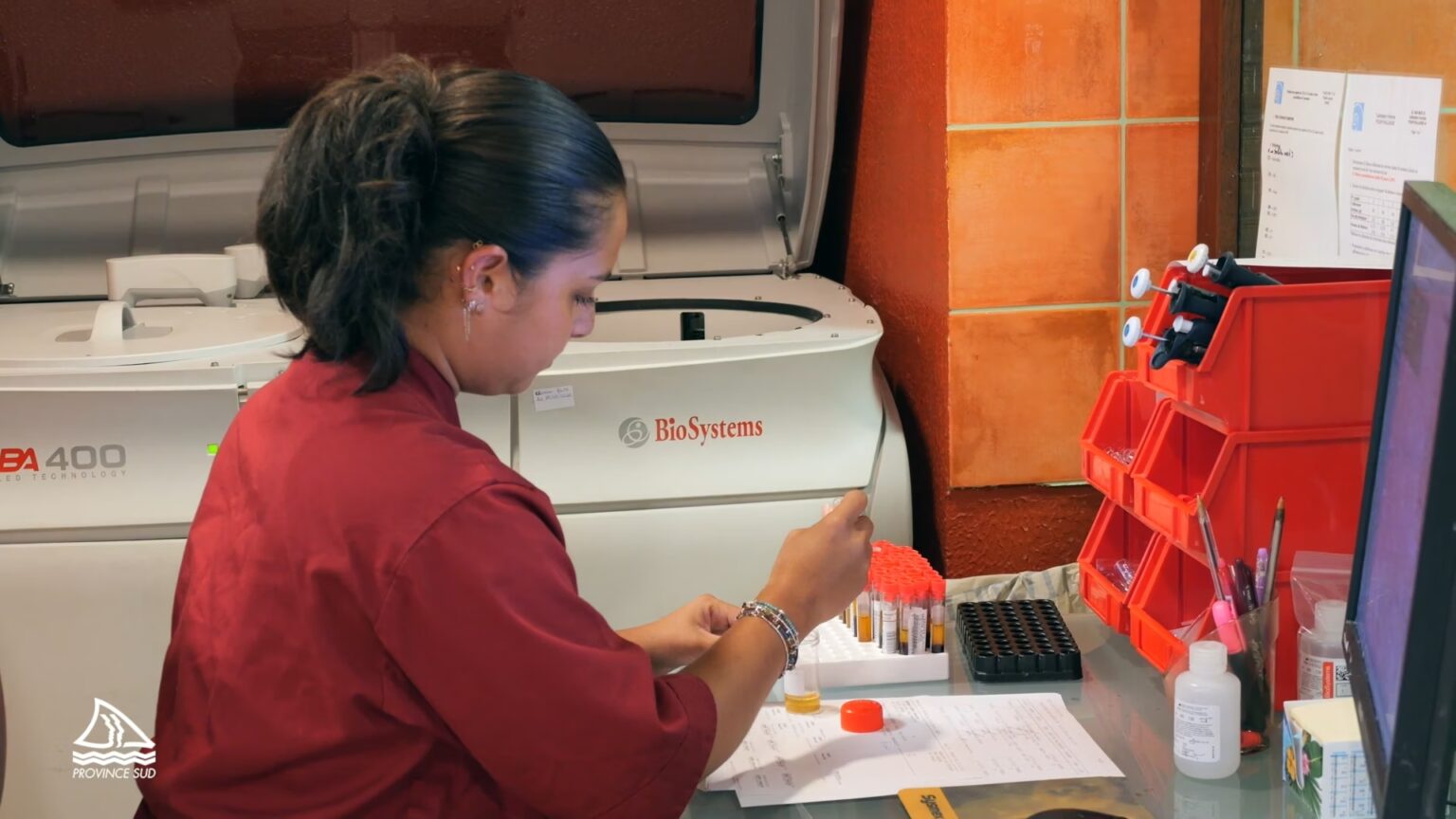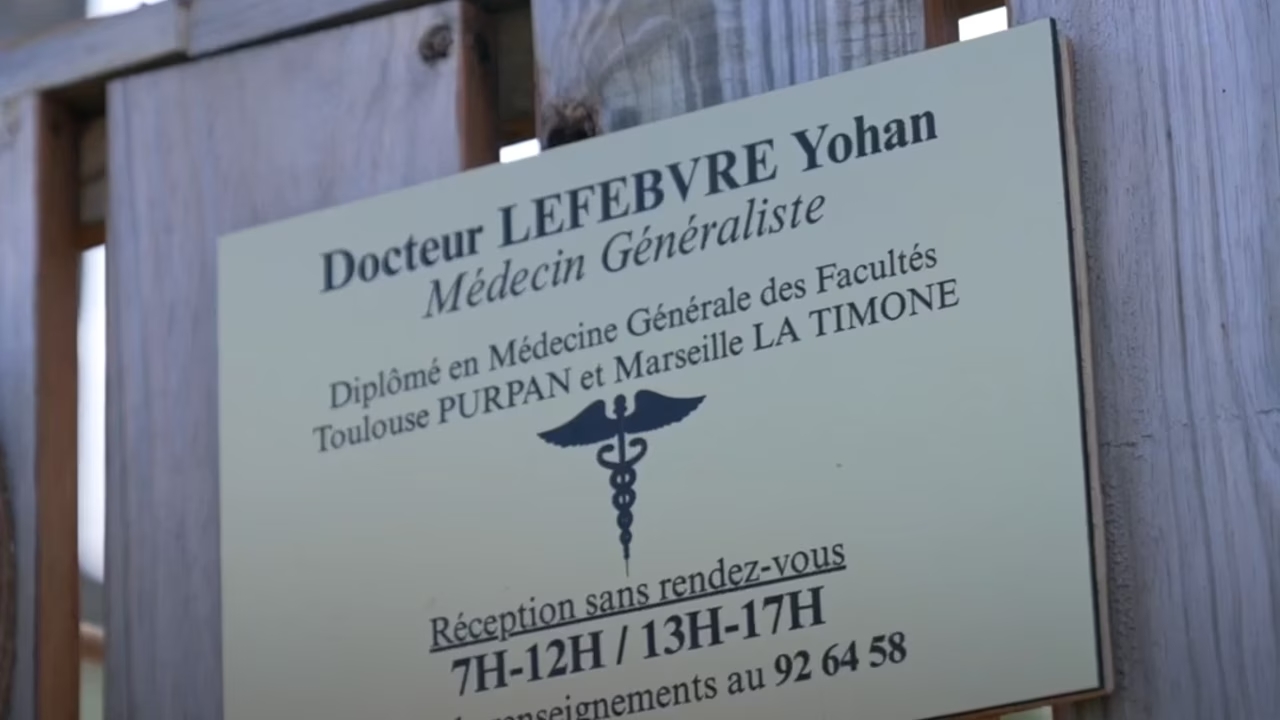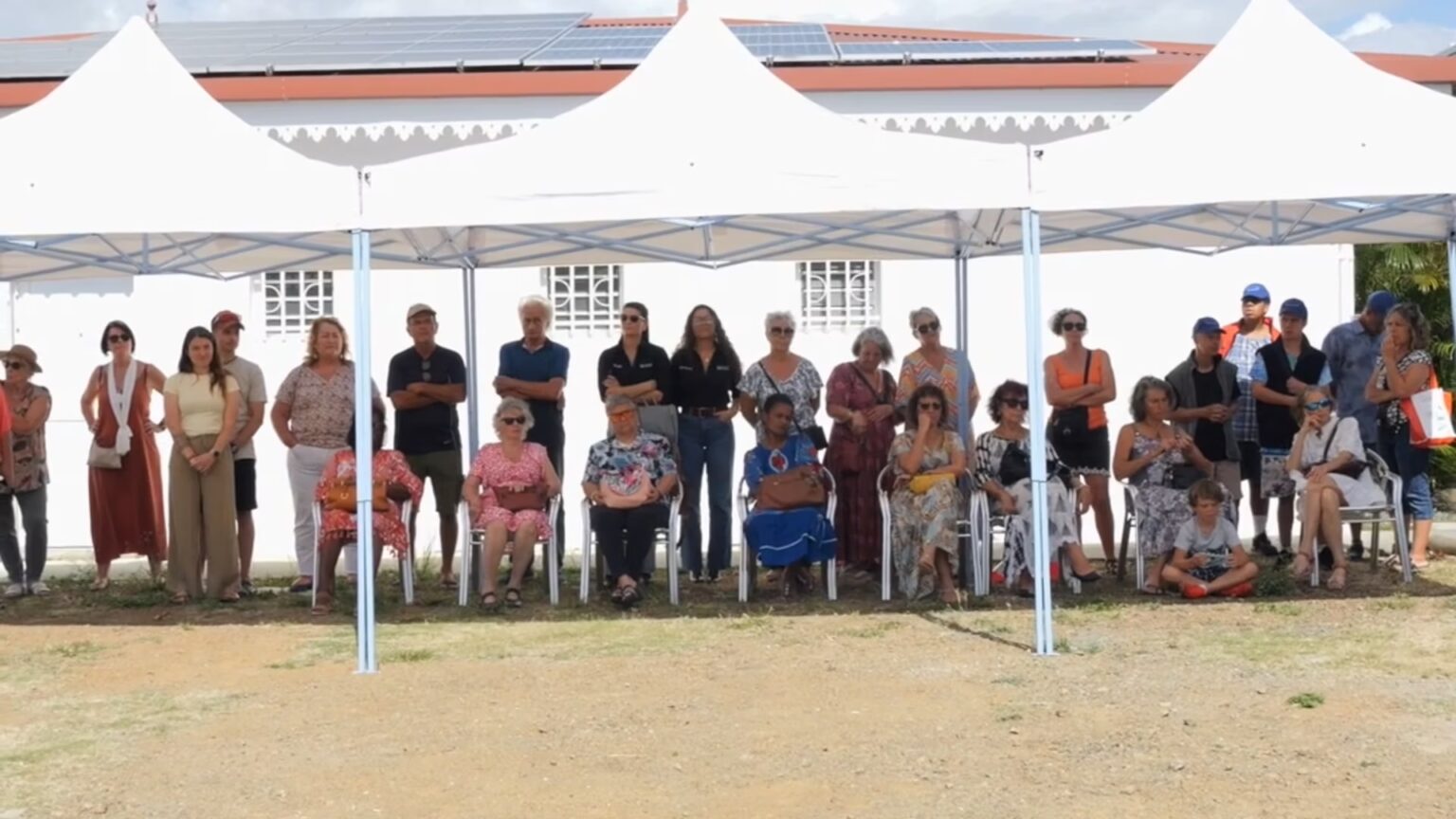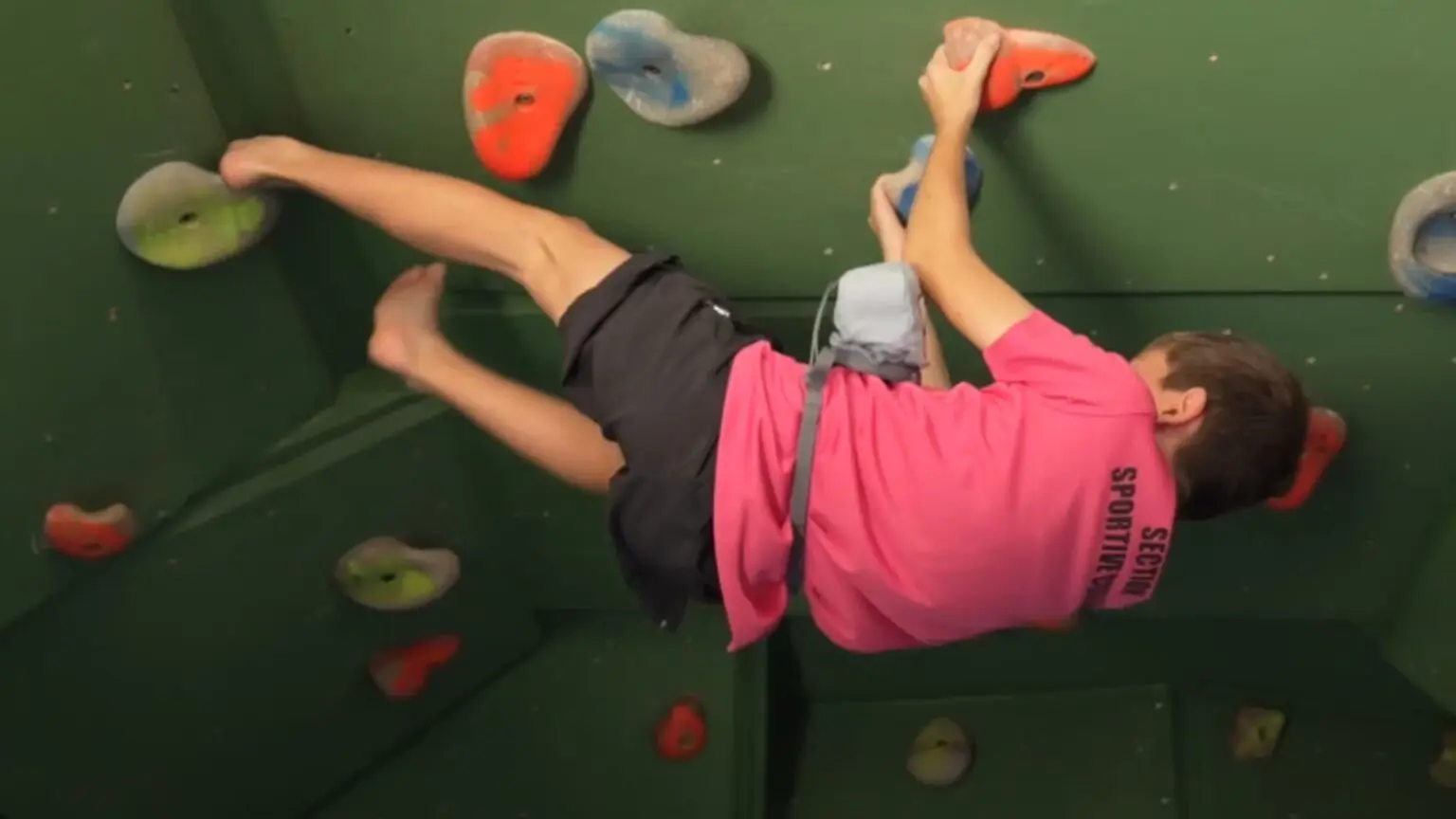2ème volet sur la violence et le harcèlement proposé à l’Espace Jeune
12/07/2022Le deuxième volet sur la violence et le harcèlement proposé à l’Espace Jeunes de la province Sud évoque la violence sous toutes ses formes et en particulier la violence verbale. Cette violence qui est banalisée au quotidien, reflète parfois pour les jeunes une souffrance identitaire, des angoisses liées à l’adolescence où à l’entrée dans la vie adulte. L’atelier animé par l’association Solidarité Sida NC décrypte le triangle : victime, auteur et témoin, pour mieux le briser grâce à la libération de la parole par la verbalisation.
𝗟𝗲 𝗽𝗿𝗼𝗰𝗵𝗮𝗶𝗻 𝗮𝘁𝗲𝗹𝗶𝗲𝗿 𝘀𝘂𝗿 𝗹𝗮 𝘃𝗶𝗼𝗹𝗲𝗻𝗰𝗲 𝗲𝘁 𝗹𝗲 𝗵𝗮𝗿𝗰𝗲̀𝗹𝗲𝗺𝗲𝗻𝘁 𝗮̀ 𝗹’𝗘𝘀𝗽𝗮𝗰𝗲 𝗝𝗲𝘂𝗻𝗲𝘀 𝗮𝘂𝗿𝗮 𝗹𝗶𝗲𝘂 𝗺𝗲𝗿𝗰𝗿𝗲𝗱𝗶 𝟭𝟯 𝗷𝘂𝗶𝗹𝗹𝗲𝘁 𝗱𝗲 𝟭𝟯 𝗵 𝗮̀ 𝟭𝟱 𝗵.
𝗦𝘂𝗶𝘃𝗲𝘇 𝘁𝗼𝘂𝘁𝗲𝘀 𝗹𝗲𝘀 𝗶𝗻𝗳𝗼𝘀 𝘀𝘂𝗿 𝗹𝗮 𝗽𝗮𝗴𝗲 𝗱𝗲 𝗹’𝗘𝘀𝗽𝗮𝗰𝗲 𝗝𝗲𝘂𝗻𝗲𝘀 :
https://www.facebook.com/EspacejeunesprovinceSud/
Poursuivre la lecture :
S'abonner à la Newsletter
© Province Sud – Mentions Légales – Politique de Confidentialité – Cookies
